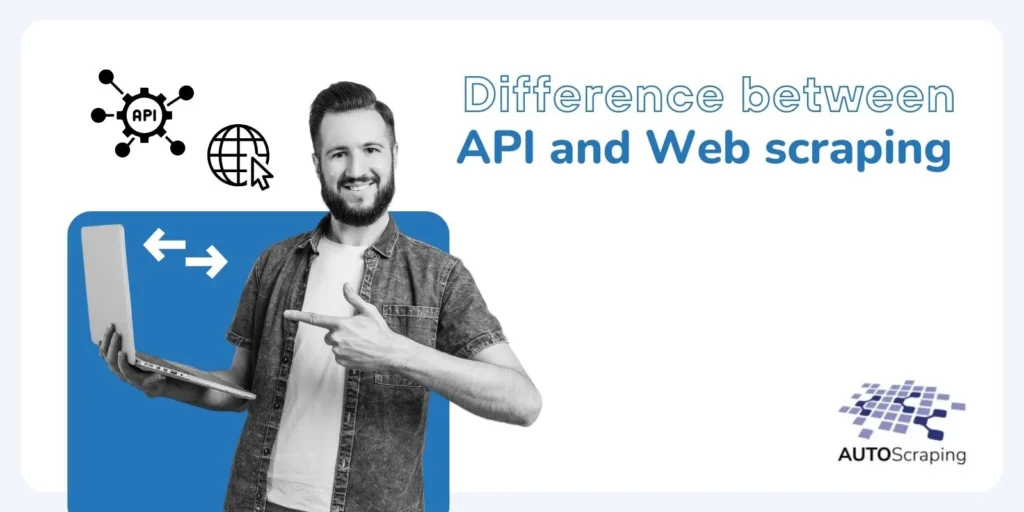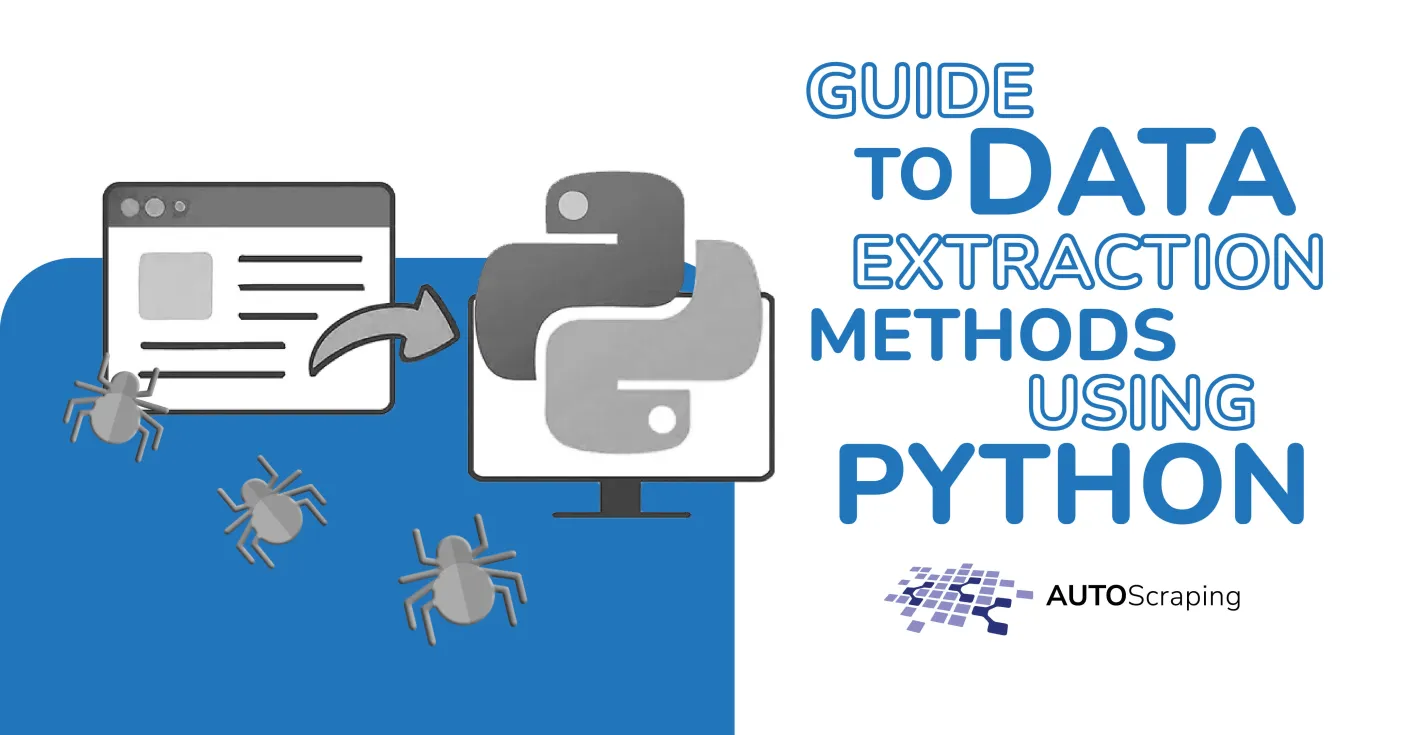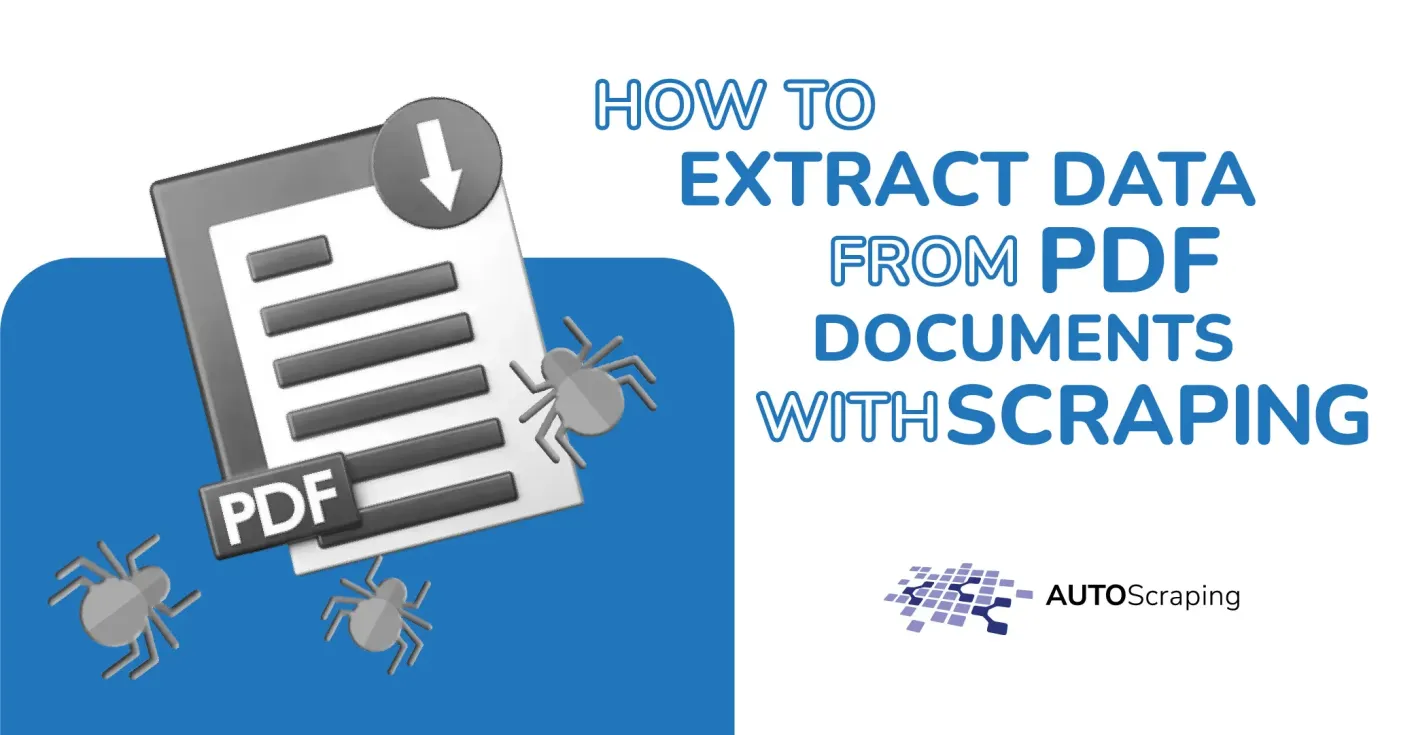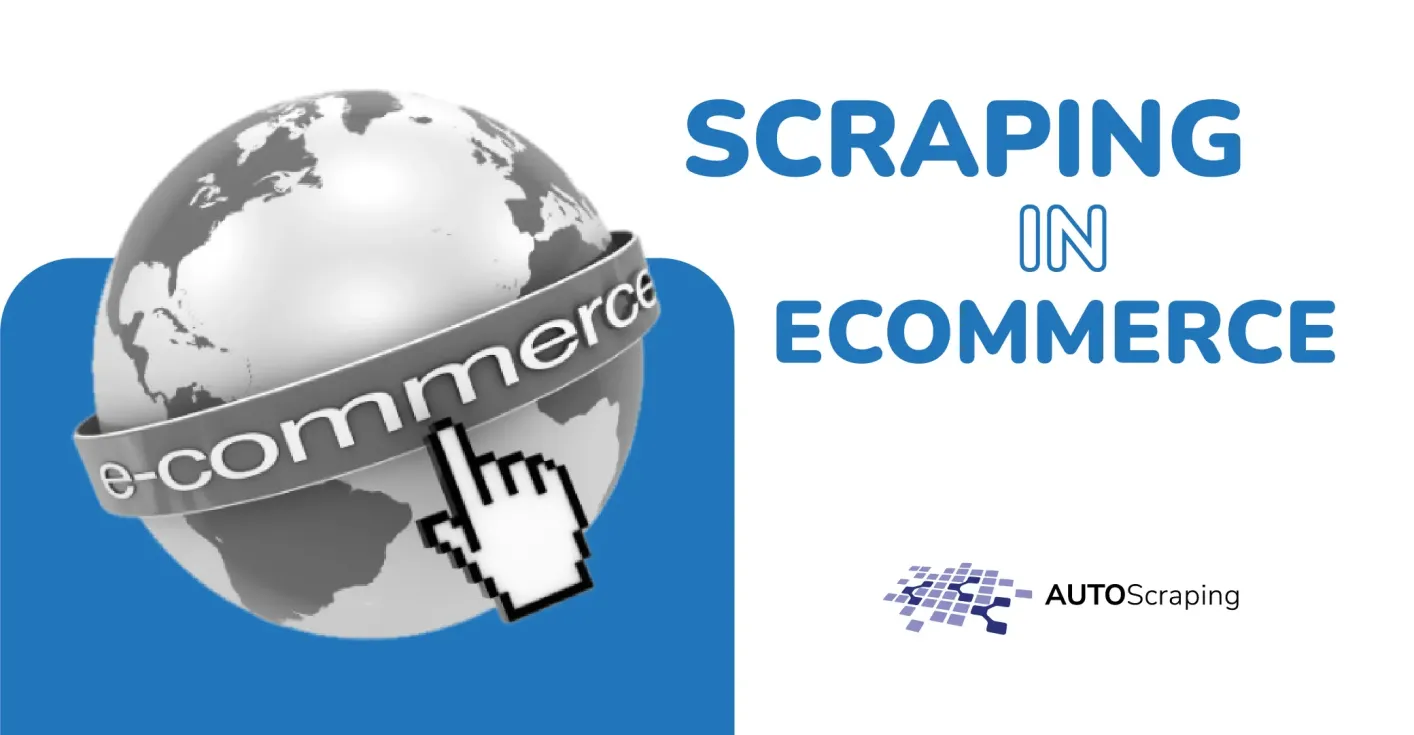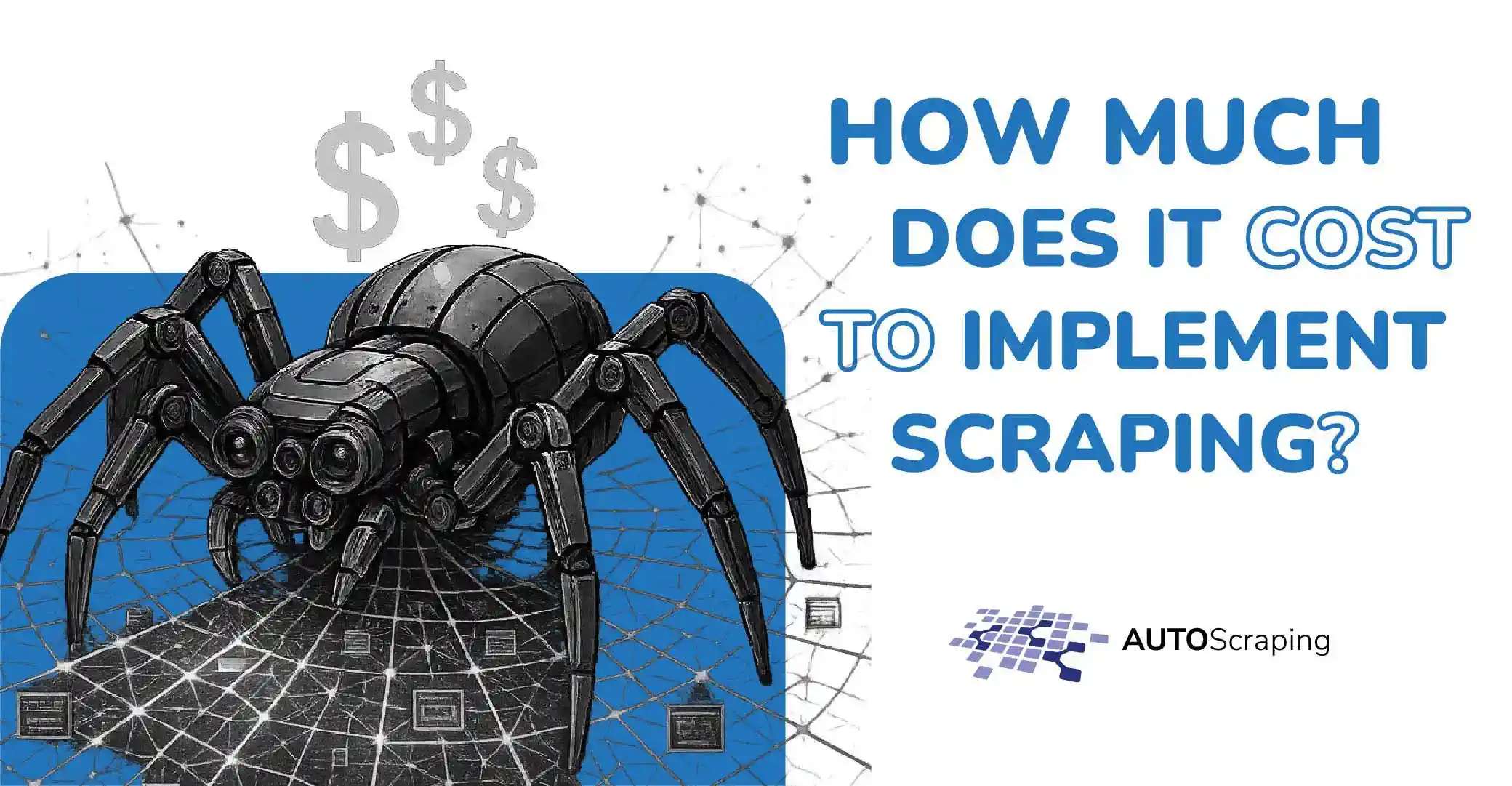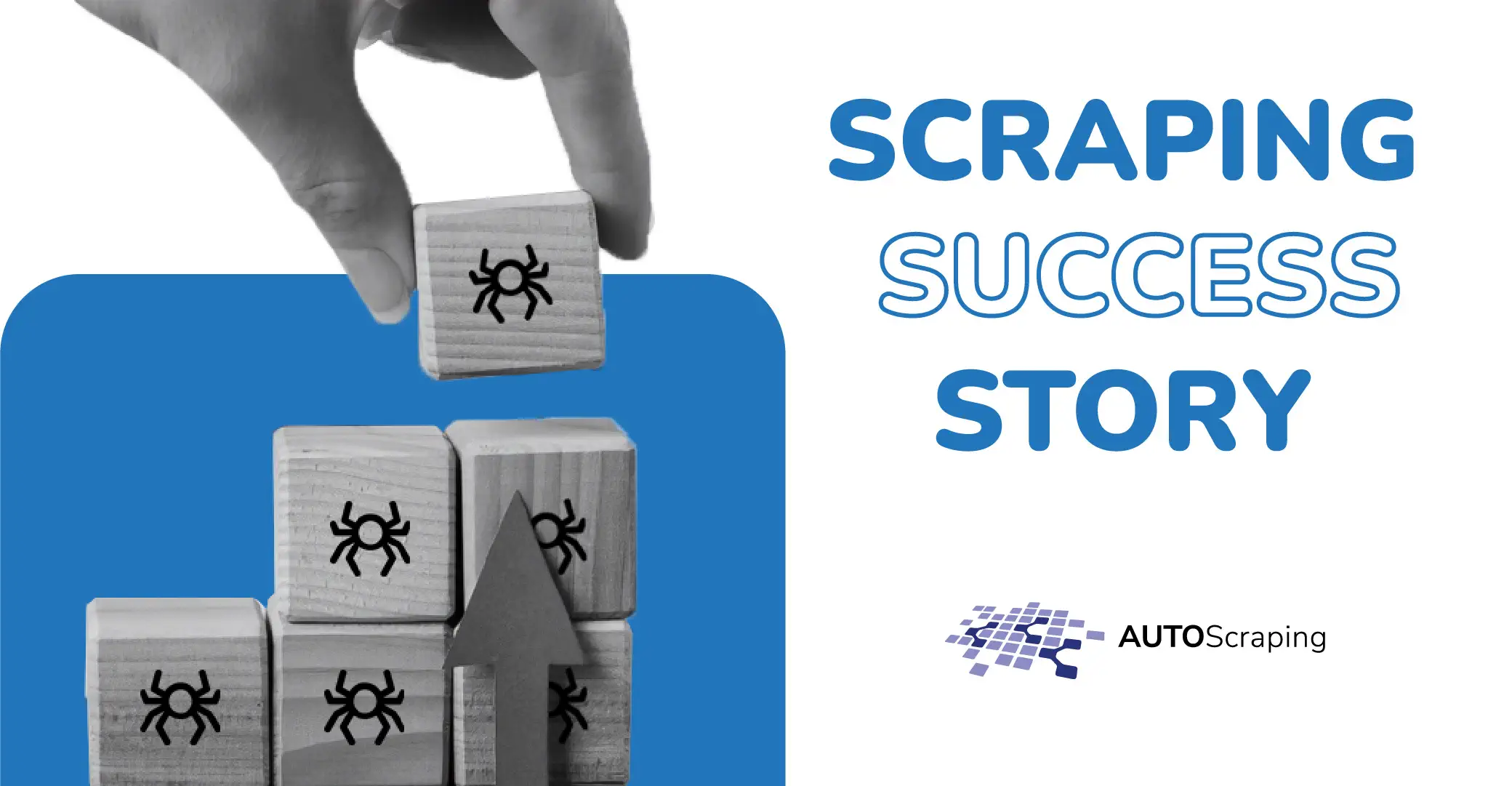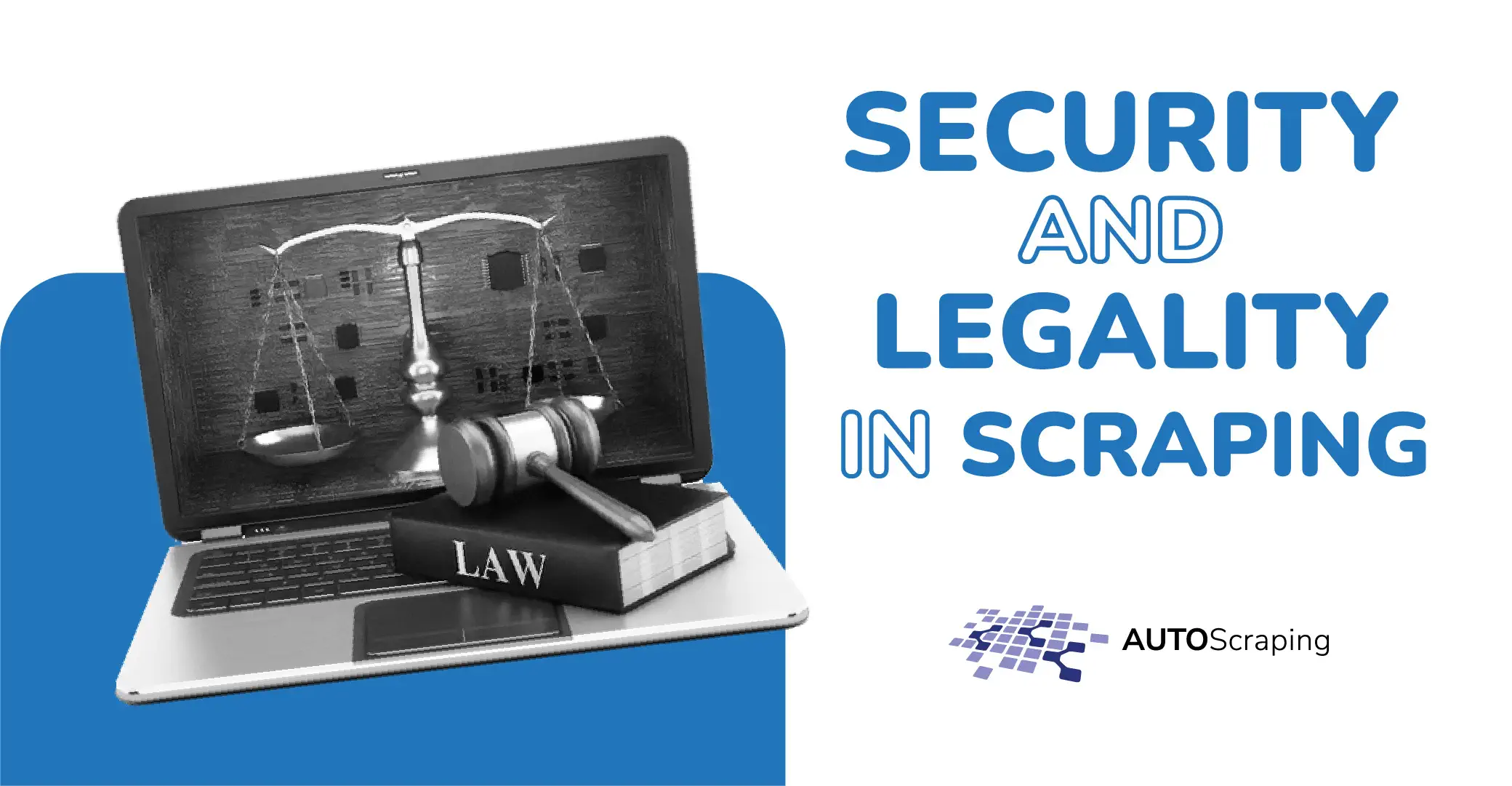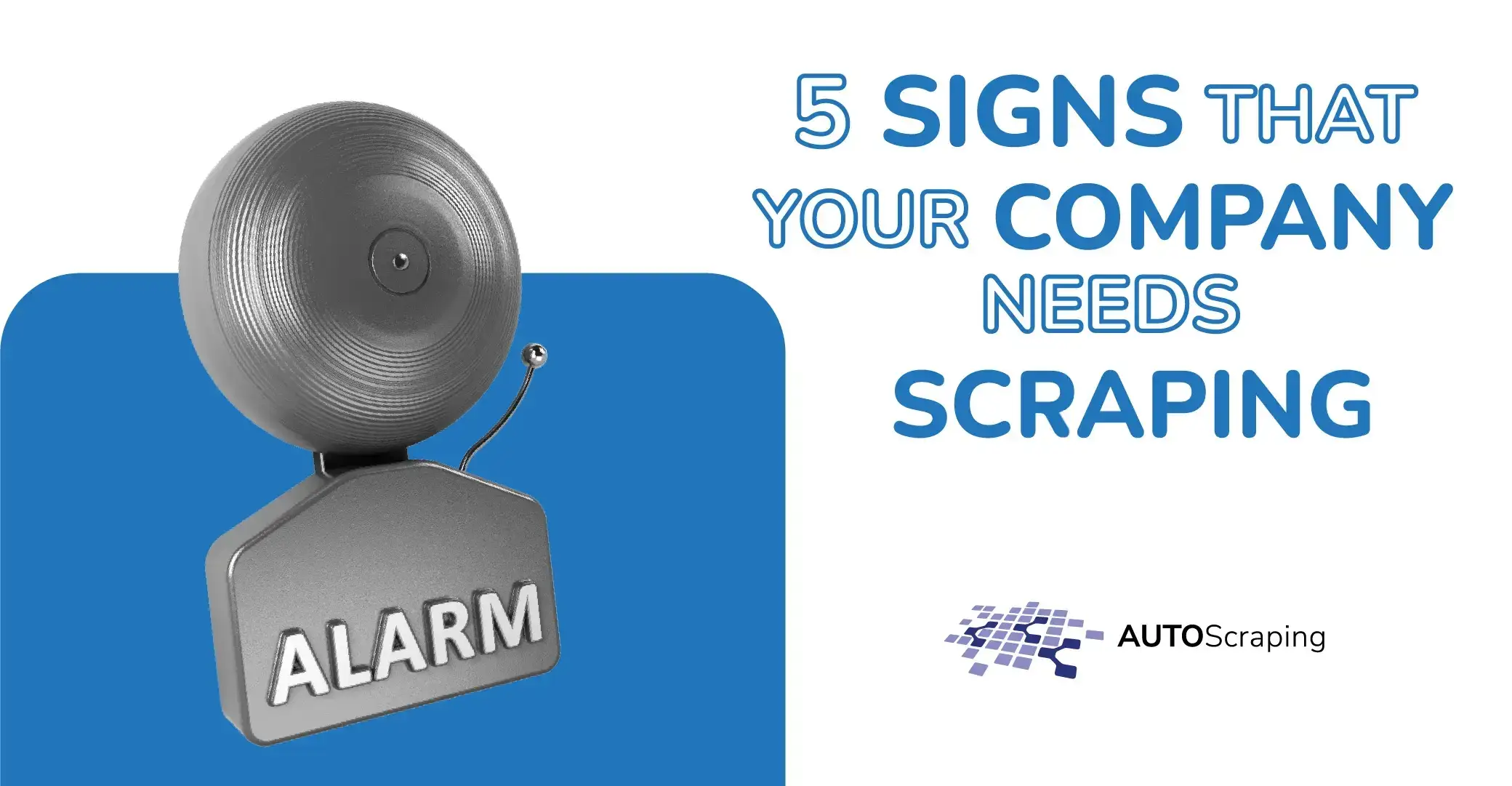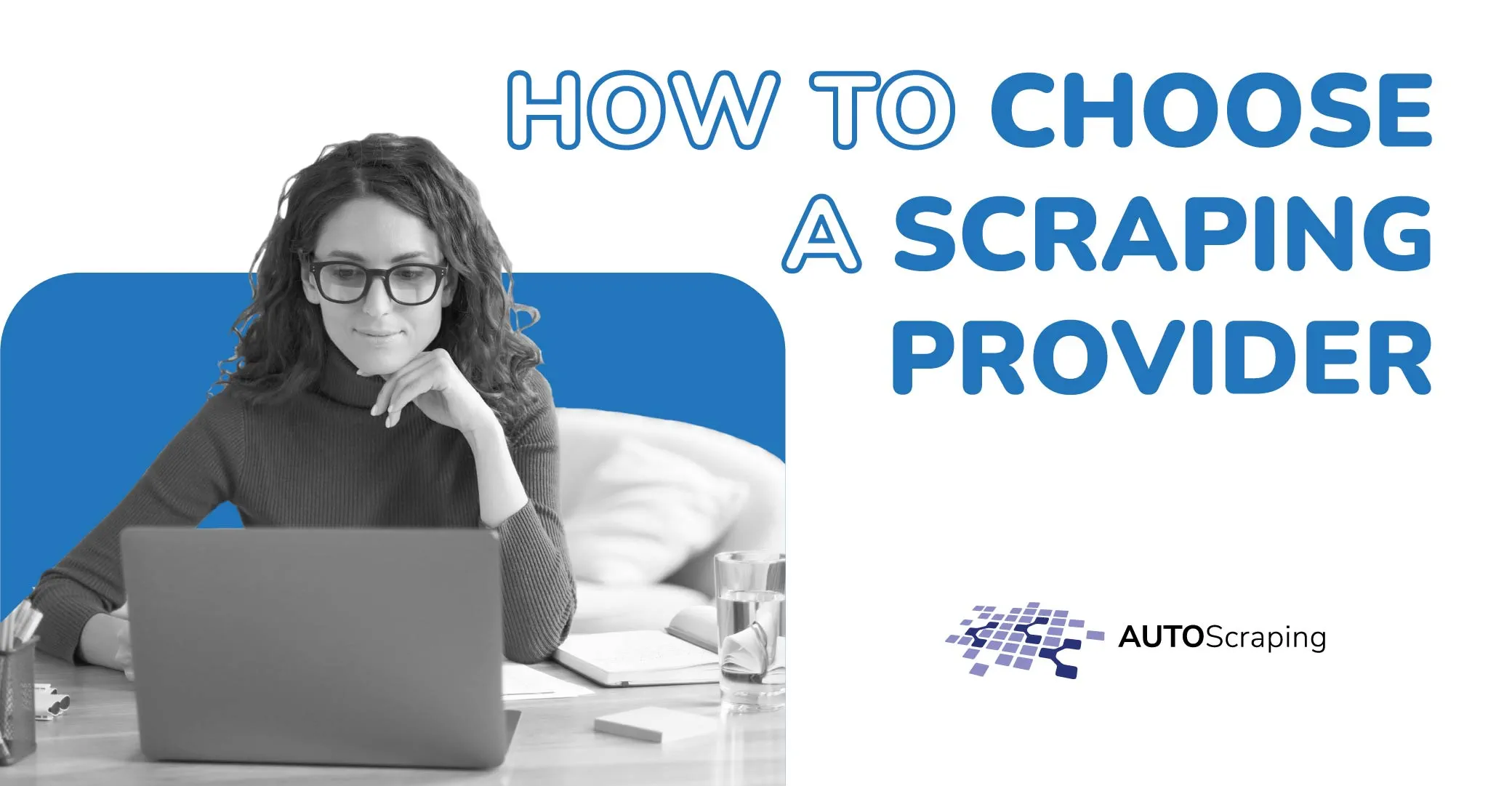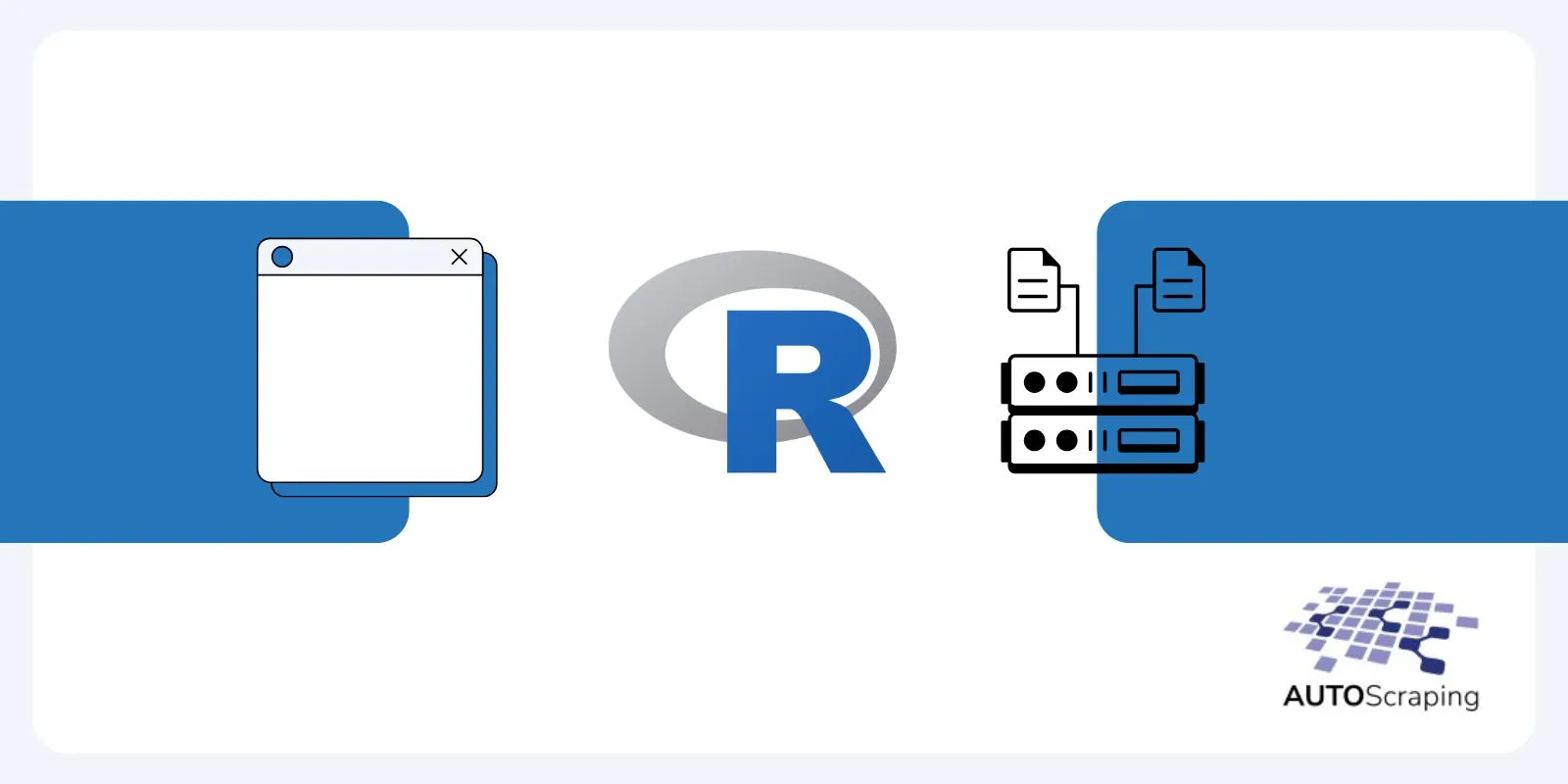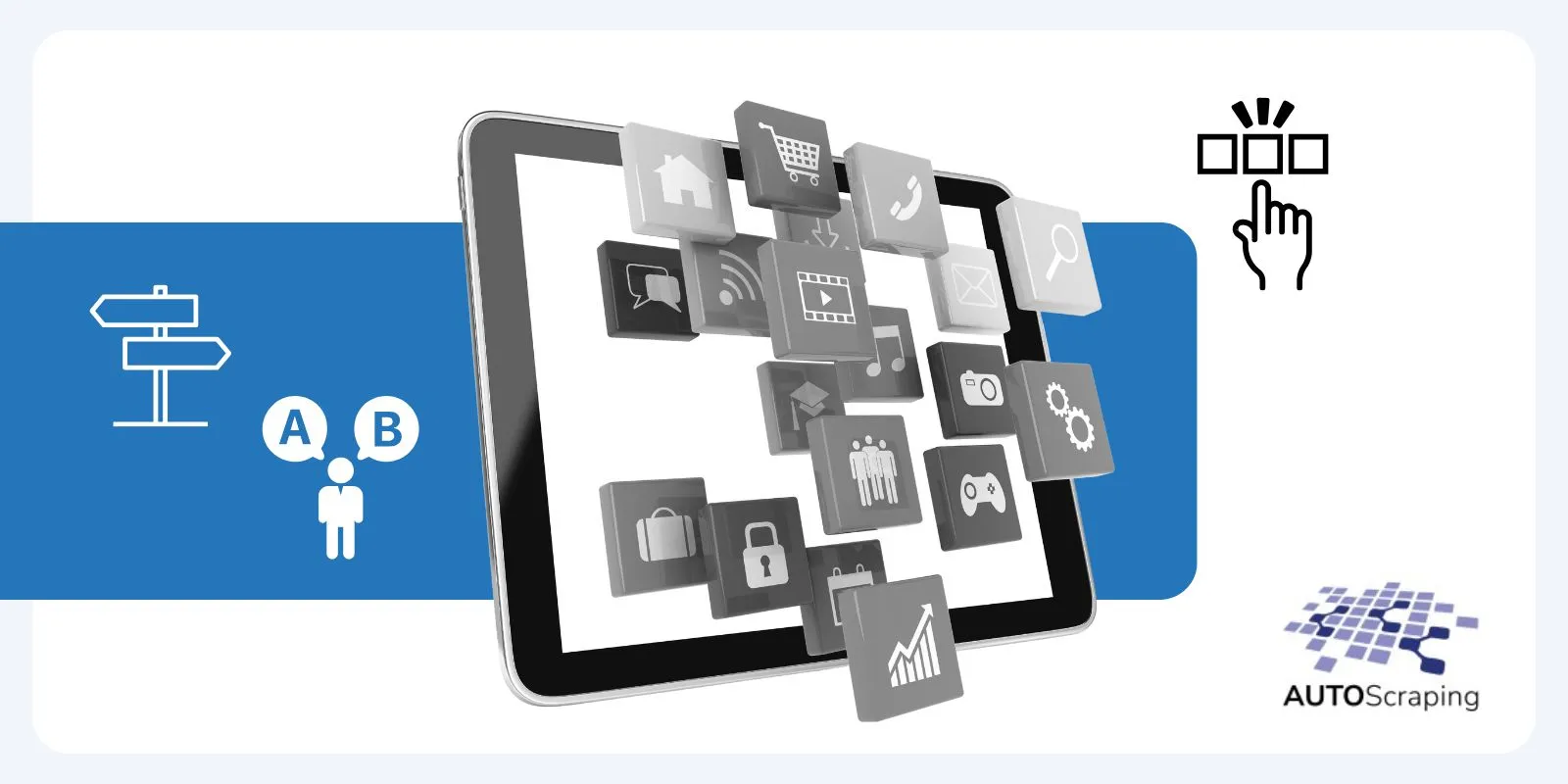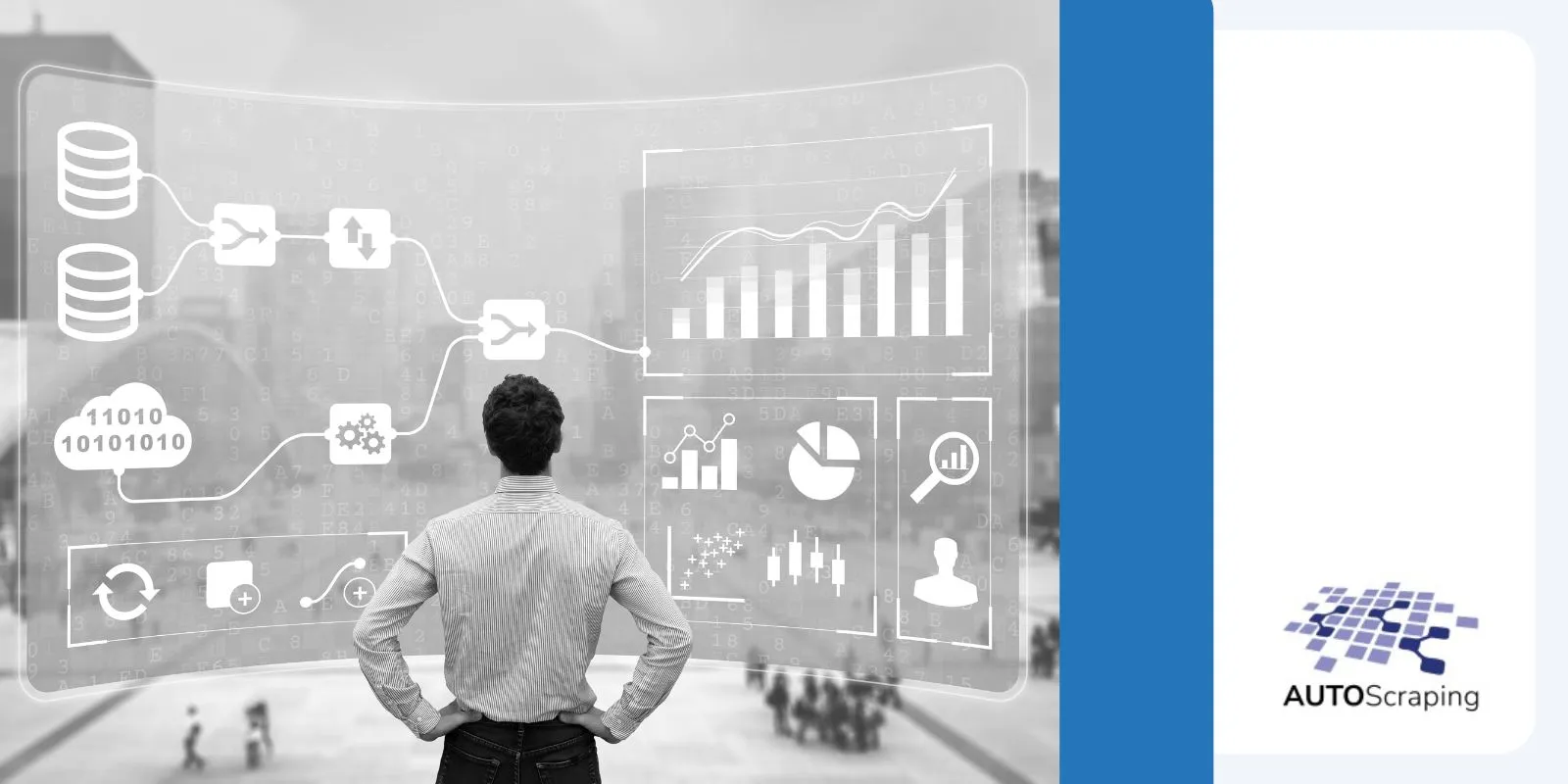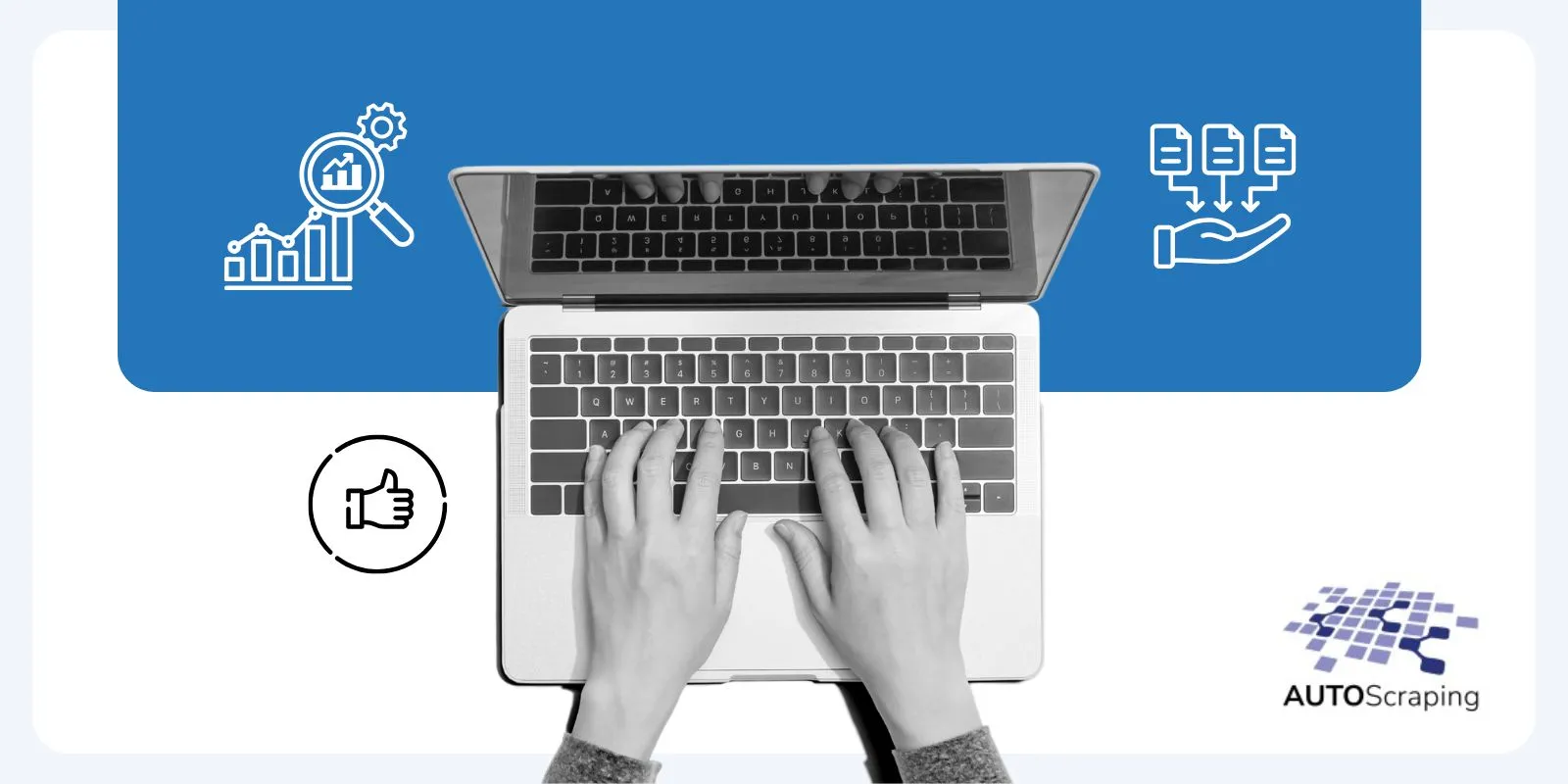Not sure whether to use an API or web scraping to extract the data you need? It’s a decision that can seem confusing, especially since both methods offer solutions, but with differences that impact how and what kind of data you can obtain.
In this article, we’ll clearly explain the differences between an API and web scraping. We’ll discuss when it’s best to use each one and the benefits they offer.
Understanding this will help you avoid problems like lacking access to the information you need or running into technical difficulties if you choose the wrong method.
By the end, you’ll have a clear idea of when to opt for an API, when web scraping is the better choice, and how you can even combine both tools to get the best results for your business.
What is API?
An Application Programming Interface (API) is a set of rules and protocols that allows different software applications to communicate with each other.
Essentially, an API acts as a bridge between systems, enabling them to share data and functionalities seamlessly.
For data extraction, APIs provide a standardized way to access specific data points directly from a server without the need for manual intervention.
Using an API for data extraction comes with several advantages:
- Efficiency: APIs can return data in a structured format, making it easier to process and analyze.
- Real-time Access: With APIs, you often get access to live data, which is crucial for making timely decisions.
- Reduced Load: Since APIs deliver data directly, they lessen the strain on web servers, leading to faster response times for users.
APIs simplify the process of data extraction by providing a reliable, structured, and efficient method for accessing vital information. By leveraging APIs, businesses can integrate data into their systems more effectively, enhancing their ability to make data-driven decisions.
Recommended Lecture:
What is Web Scraping?
Web scraping is a technique used to extract large amounts of data from websites automatically.
Unlike APIs, which provide structured access to data, web scraping involves downloading and parsing the HTML content of web pages to gather the information you need.
This method is especially useful when data is not readily available through an API or when you require data from multiple sources in one place.
The process of web scraping typically involves several steps:
- Sending a Request: A program sends a request to the server hosting the website to retrieve the HTML of a specific page.
- Parsing the Data: Once the HTML is downloaded, the scraping tool parses the content to extract relevant data points, such as prices, reviews, or contact information.
- Storing the Data: After extraction, the data is organized and stored in a structured format, such as a database or spreadsheet, for easy access and analysis.
Web scraping offers significant advantages for businesses looking to leverage online data:
- Versatility: It allows you to gather information from any public webpage, making it ideal for competitive analysis, market research, and more.
- Cost-Effectiveness: By automating the data collection process, businesses can save time and reduce costs compared to manual data entry.
- Customizability: Web scraping can be tailored to fit specific needs, allowing businesses to focus on the exact data they require for their operations.
Web scraping is a powerful tool that opens up a wealth of data opportunities, helping businesses stay competitive and informed in today’s fast-paced digital landscape.
Recommended Lecture: What is Web Scraping?
Key Differences Between API and Web Scraping
When comparing API and web scraping, one of the primary distinctions lies in the nature of the data each method handles.
The differences between API and web scraping revolve around the type of data extracted, ease of access, technical requirements, and legal considerations.
| Aspect | API | Web Scraping |
| Type of Data | Extracts structured data, organized in a specific format. | Primarily deals with unstructured data, which can come in various formats. |
| Data Accessibility | Provides direct access to datasets through a defined interface and documentation. | Can be more technically demanding, requiring navigation of HTML structures and overcoming anti-scraping barriers. |
| Ease of Integration | Easier to integrate into applications due to clear design and documentation. | Requires specialized skills to handle different website architectures. |
| Legal and Ethical Considerations | Generally comes with clear usage agreements and guidelines on data usage. | Can raise legal concerns, especially if done without permission or in violation of terms of service. |
| Consistency and Reliability | High consistency and reliability, essential for business decision-making. | May introduce challenges in extraction and require additional processing to convert data into a usable format. |
When to Choose API vs Web Scraping
Deciding whether to use an API or web scraping for data extraction often hinges on your specific requirements and the nature of the data you need.
If you’re seeking structured data from a reliable source with a stable interface, opting for an API is typically the best choice.
APIs are designed for ease of access, allowing you to retrieve data efficiently without needing to navigate the complexities of web pages.
This is particularly beneficial when working with large datasets that require regular updates or real-time information.
Conversely, web scraping may be more appropriate when the data you need is not available through an API.
Many websites do not offer APIs, especially smaller or less tech-savvy organizations. In such cases, web scraping becomes a vital tool to extract unstructured data directly from web pages.
However, it’s essential to consider the potential challenges that come with this method, such as the need to handle different formats and layouts, as well as possible anti-scraping measures implemented by the website.
Ultimately, the choice between API and web scraping should be guided by a few key considerations:
Data Availability:
- Check if the data you need is accessible via an API.
- If not, web scraping may be your only option.
Data Structure:
- Determine whether you require structured data.
- Assess if you’re comfortable working with unstructured formats.
Technical Resources:
- Evaluate your team’s technical expertise.
- Consider your capacity to implement either method effectively.
By taking these factors into account, you can make an informed decision that best fits your data extraction needs.
Recommended Lecture: Web Scraping basics: What you need to know to get started ?
Combining API and Web Scraping for Comprehensive Data Solutions
Combining APIs and web scraping can create a robust data extraction strategy that leverages the strengths of both methods.
While APIs provide structured and reliable data from sources that support them, web scraping allows you to extract information from websites that don’t offer API access.
This hybrid approach maximizes your data coverage and provides you with valuable insights.
Utilizing web scraping in conjunction with APIs can help you access hard-to-reach data, particularly when the information you need is only available on public-facing websites. Here are some important considerations:
Broaden Your Data Sources:
- APIs are ideal for structured data from specific platforms.
- Web scraping allows you to pull unstructured data from a variety of sources, filling in gaps where APIs may not exist.
Enhance Data Quality:
- By scraping content alongside using APIs, you can enrich your datasets. This ensures that your data isn’t just complete but also relevant and contextualized.
Stay Agile:
- Combining both methods allows for greater flexibility. If an API changes or becomes unavailable, web scraping can serve as a backup, ensuring continuous access to the data you need.
Integrating web scraping with APIs not only enhances your data extraction capabilities but also empowers your business with a more comprehensive understanding of your market.
This combined approach can lead to better decision-making and strategic advantages.
Recommended Lecture: 8 Web Scraping Use Cases for Business
Data Extraction Solutions Company: AutoScraping
At AutoScraping, we understand that data extraction can be a complex and time-consuming process.
That’s why we strive to simplify it, providing businesses with efficient solutions for both API and web scraping methods. Our tools are designed to help you harness the power of data without the hassle, ensuring you get the information you need when you need it.
Here’s how we make data extraction easier for you:
- User-Friendly Interface: Our platform features an intuitive design that allows users of all technical levels to navigate seamlessly. Whether you’re a seasoned data professional or a newcomer, you can set up your data extraction processes with ease.
- Comprehensive Support: We offer extensive documentation and customer support to guide you through every step of the data extraction journey. Our dedicated team is always available to answer your questions, troubleshoot issues, and provide tailored advice to optimize your extraction strategy.
- Custom Solutions: At AutoScraping, we recognize that each business has unique data needs. That’s why we offer customizable solutions that can be tailored to your specific objectives. Whether you need real-time data from APIs or extensive web scraping capabilities, we have you covered.
By leveraging our advanced technologies and expertise in data extraction, AutoScraping empowers you to make informed decisions based on accurate and timely information.
Let us take the complexity out of data extraction, allowing you to focus on what matters most growing your business and achieving your goals.
Make the most of the information available on the web with our personalized web scraping service! Book a meeting.
Key Takeaways: Difference Between API and Web Scraping
Understanding the distinctions between APIs and web scraping is crucial for selecting the right data extraction method for your business.
Each approach has its unique advantages and use cases that can greatly impact the effectiveness of your data strategy. Here are the key takeaways to consider:
- Data Structure Matters: APIs typically provide structured data, which is easier to analyze and integrate into existing systems. In contrast, web scraping often deals with unstructured data from websites, requiring additional processing to extract relevant information.
- Accessibility and Technical Requirements: While APIs require permissions and often have usage limits, web scraping offers broader access to public data without the need for explicit permission.
However, web scraping may involve technical challenges, such as navigating anti-scraping measures on websites.
- Legal and Ethical Considerations: Both APIs and web scraping come with legal implications. APIs typically provide a clear framework for usage, while web scraping can pose ethical questions regarding data ownership and usage rights.
It’s essential to consider the legal landscape and ensure compliance with regulations when implementing your data extraction strategy.
At AutoScraping, we empower businesses to make informed decisions about their data extraction methods. Whether you opt for APIs, web scraping, or a combination of both, our innovative solutions simplify the process and maximize your data coverage.
FAQs :
Are API and web scraping the same?
No, APIs (Application Programming Interfaces) provide structured data through a defined interface, while web scraping extracts unstructured data from websites. According to a study, about 90% of data on the web is unstructured, making scraping essential for accessing this information.
What is screen scraping vs API?
Screen scraping involves extracting data directly from the visual output of a website, often simulating human interaction, while APIs offer a standardized method for data retrieval without visual representation, ensuring more reliability and less maintenance.
What is Web scraper API?
A Web Scraper API is a specialized interface that allows users to extract data from websites programmatically. It simplifies the scraping process by handling complexities like anti-bot measures and data formatting, making it easier for businesses to access and utilize web data efficiently.

